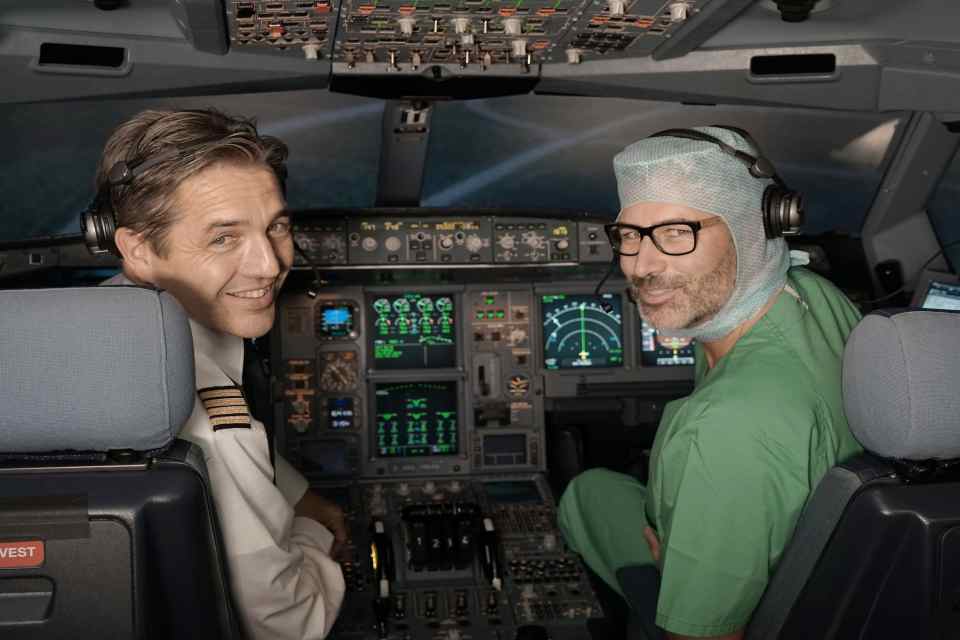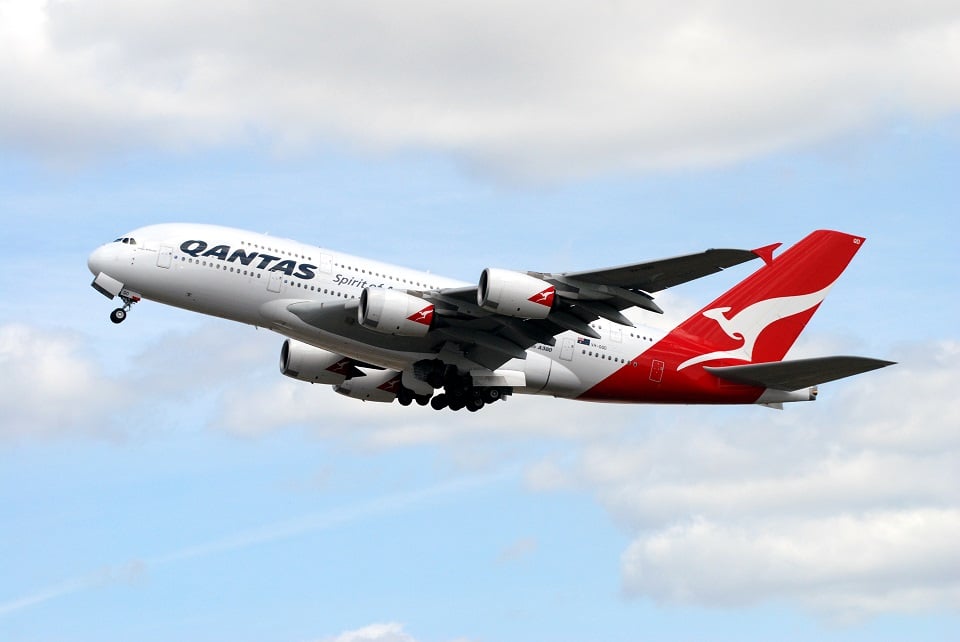Aviation
Pilots training doctors.

In the airline sector, Human Factors training is a matter of course. Now, Lufthansa Aviation Training is also providing help in hospitals in order to reduce human error
Every third death in a hospital can be traced back to human error. This is the shocking result of a US-American study. Only heart and respiratory diseases are more frequently the cause of patient death. The trade association (BG) accident and emergency clinics have recognized the problem and are now launching a collaboration with Lufthansa Aviation Training (LAT). 1,000 medical staff will learn social competencies from pilots over the next three years. In two-day courses, doctors and nurses will practice how to avoid mistakes made through poor communication, using example videos, role pay and in discussions.
But why are pilots taking over the training for medical staff? Both professions work in hierarchies and have to make decisions in highly complex situations. “The difference,” says LAT project manager Martin Egerth, “is that pilots are prepared for the day that hopefully will never occur, and the doctor experiences this every day.” And despite this, the airline sector is further along: “In aviation, we already recognized in the 1990s, that we need these social competencies and that these are just as important as technical and procedural skills,” says Martin Egerth. There have been several cases in which communication errors led to catastrophes. For example, in 1989, when an aircraft in Dryden in Canada took off with frozen wings and crashed shortly afterwards. 24 people died in the crash. A flight attendant had noticed the ice before take-off, but had not reported it to the pilot.
There are also similar cases in medicine, says Reinhard Hoffmann, Medical Director of the Frankfurt Accident Clinic and General Secretary of the German Association of Orthopedics and Emergency Surgery. The association developed the training together with LAT. Hoffmann says that he once noticed during his time as an assistant physician of a renowned doctor, that this doctor was operating on the wrong patient. “But I was too scared to say anything.” Just like the flight attendant in Canada in 1989.
But this does not just revolve around deaths in medicine: 25 percent of patients in hospitals are involved in avoidable events. In 2016, civil aviation, by contrast, was as safe as never before. Time pressure, a lack of communication or wrong hierarchy thinking are considered the cause of human error. While interpersonal training is a legal requirement in aviation, medicine is still at the beginning of a development towards greater patient safety. And quite incidentally LAT is acquiring a whole new customer group. The BG clinics are investing a six-digit figure in the project. Further information is available at www.interpersonal-competence-training.com

Aviation
Lost Tool Found in Qantas A380 After 34 Flights

An Australian Transportation Safety Bureau (ATSB) investigation recently revealed that a Qantas A380 operated 34 flights with a 1.25-meter nylon tool lodged in one of its engines.
This turning tool, used during borescope inspections to rotate the intermediate-pressure compressor, was left behind during scheduled maintenance at Los Angeles on December 6, 2023. It remained inside the engine until it was discovered by maintenance staff during a subsequent check at Los Angeles on January 1, 2024.
China Takes the Lead in Sixth-Generation Fighters with White Emperor B
The ATSB report highlights two critical lapses. First, maintenance engineers failed to notice the tool during final checks for foreign objects after the borescope inspection. Second, the lost tool procedure was not activated when the tool was identified as missing.
The certifying engineer ultimately cleared the aircraft for service without accounting for the misplaced tool. During the time qantas films the tool was inside, the A380 completed 34 flight cycles, accumulating nearly 294 hours without any noticeable effect on engine performance.
Although the tool was deformed by high-energy airflow within the engine, there was no reported damage to the engine itself. ATSB Chief Commissioner Angus Mitchell commented.
India’s C-295 to Gain Advanced Weapons for Maritime Surveillance
“This incident underscores the importance of following established maintenance protocols. Engineers missed the tool during foreign object checks, and the required lost tool procedure wasn’t started after realizing the tool was missing.”
Following the investigation, the airline issued a safety directive, urging all engineering and tool storage teams to adhere strictly to these protocols to prevent similar incidents in the future.
A qantas spokesperson stated, “While the tool didn’t impact engine performance, we take this incident very seriously. It is critical to follow the correct lost tool procedures.”
-

 Aviation2 months ago
Aviation2 months agoBoeing confirms 797: A New Era for Mid-Size Aircraft
-

 Aviation2 months ago
Aviation2 months agoMicrosoft Flight Simulator Raises $3 Million to Bring Back the An-225 Mriya
-

 Aviation2 months ago
Aviation2 months agoLockheed and Tata Team Up to Build C-130J MRO Facility in India
-

 Airlines2 months ago
Airlines2 months agoQantas Engineers Stage Walkout Over Cost of Living Concerns
-

 Airlines2 months ago
Airlines2 months agoQatar Citizens Can Travel to the United States Without a Visa
-

 Aviation2 months ago
Aviation2 months agoBoeing Offers 25% Pay Increase & Promise to Build Next Plane in Seattle
-

 Aviation2 months ago
Aviation2 months agoQatar Airways bans these new Electronic Devices on plane
-

 Airlines2 months ago
Airlines2 months agoEmirates Ends 28-Year Singapore-Melbourne Fifth Freedom Route








